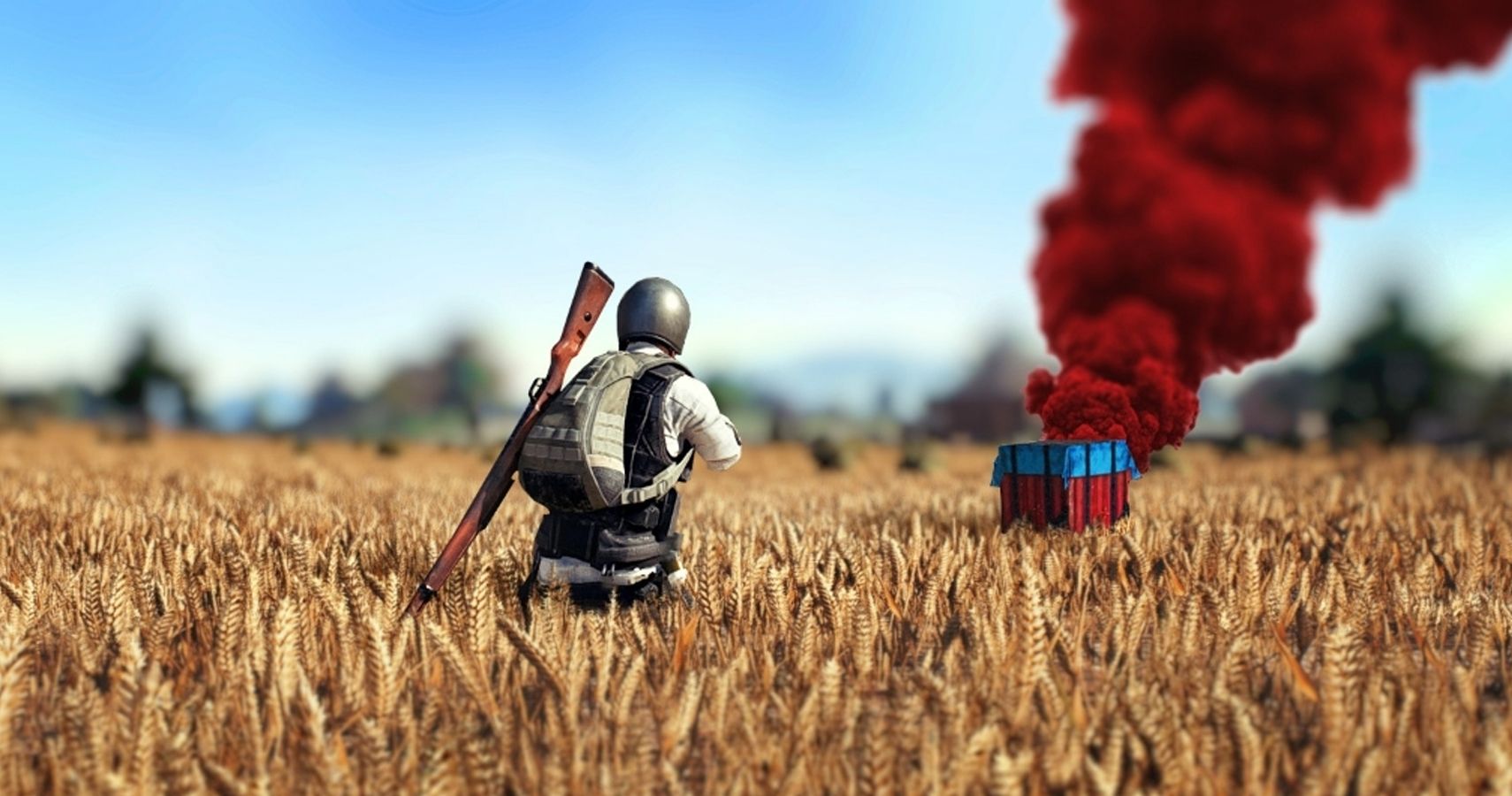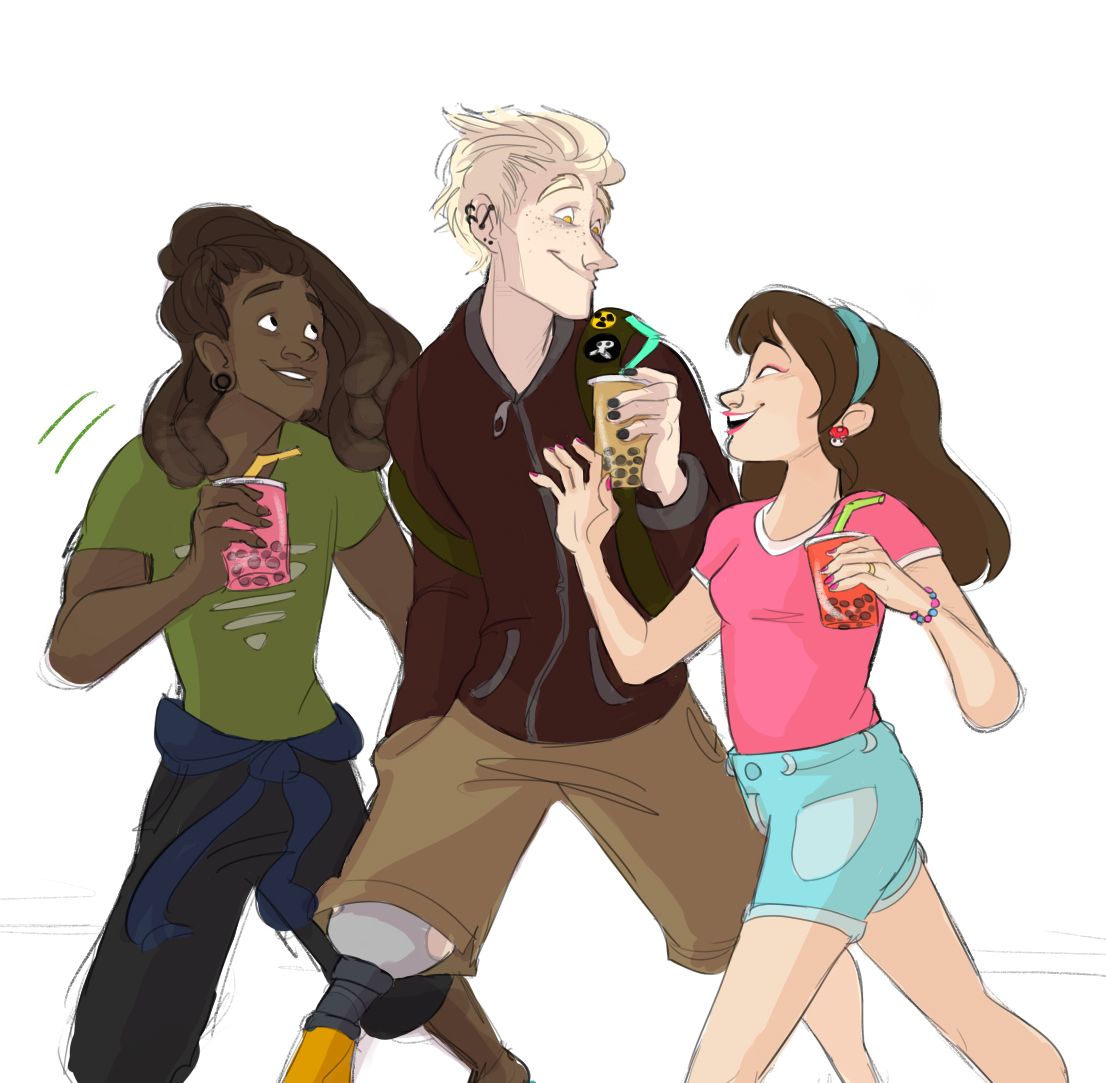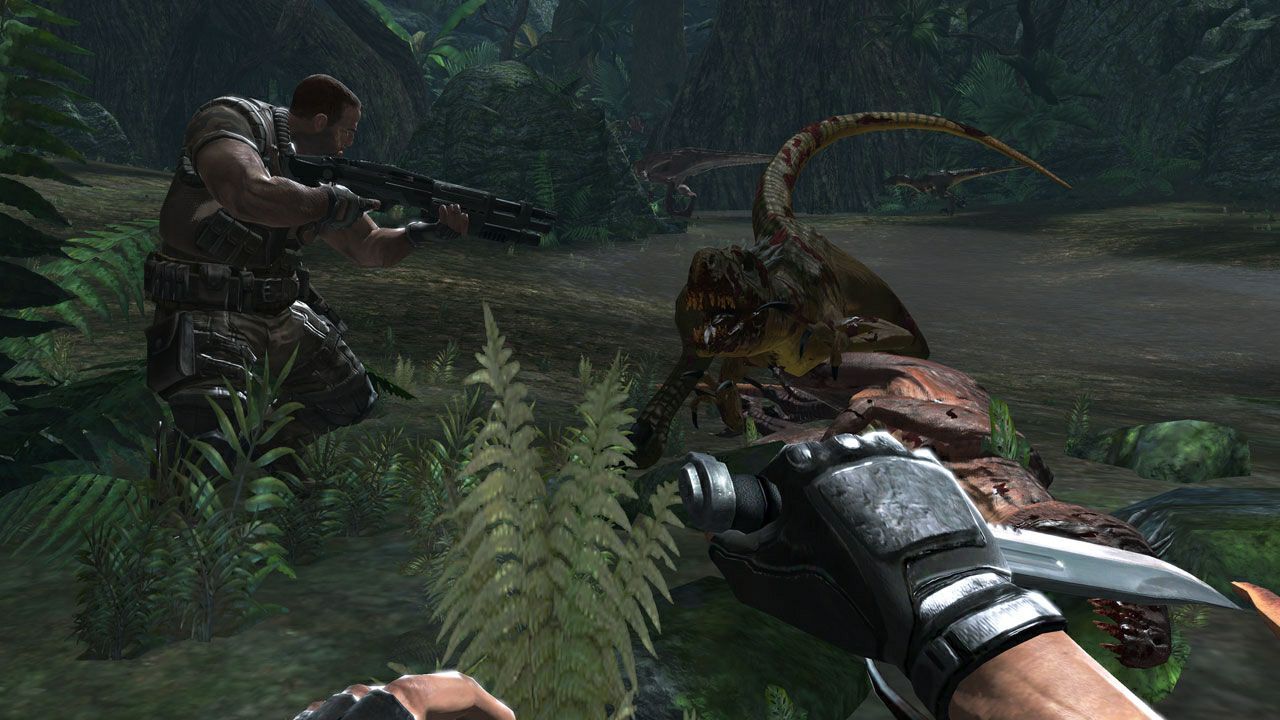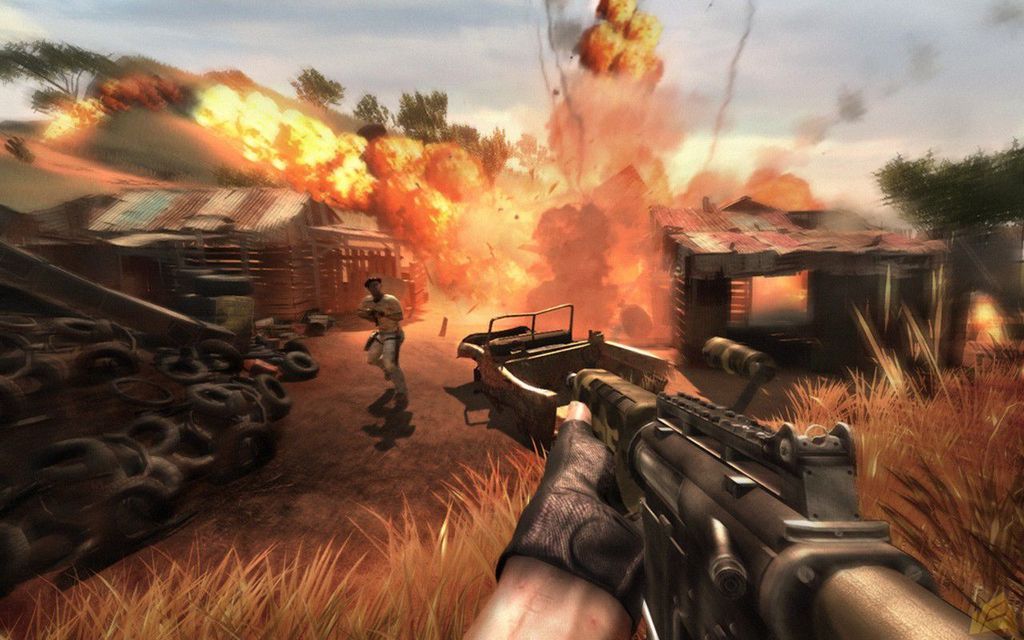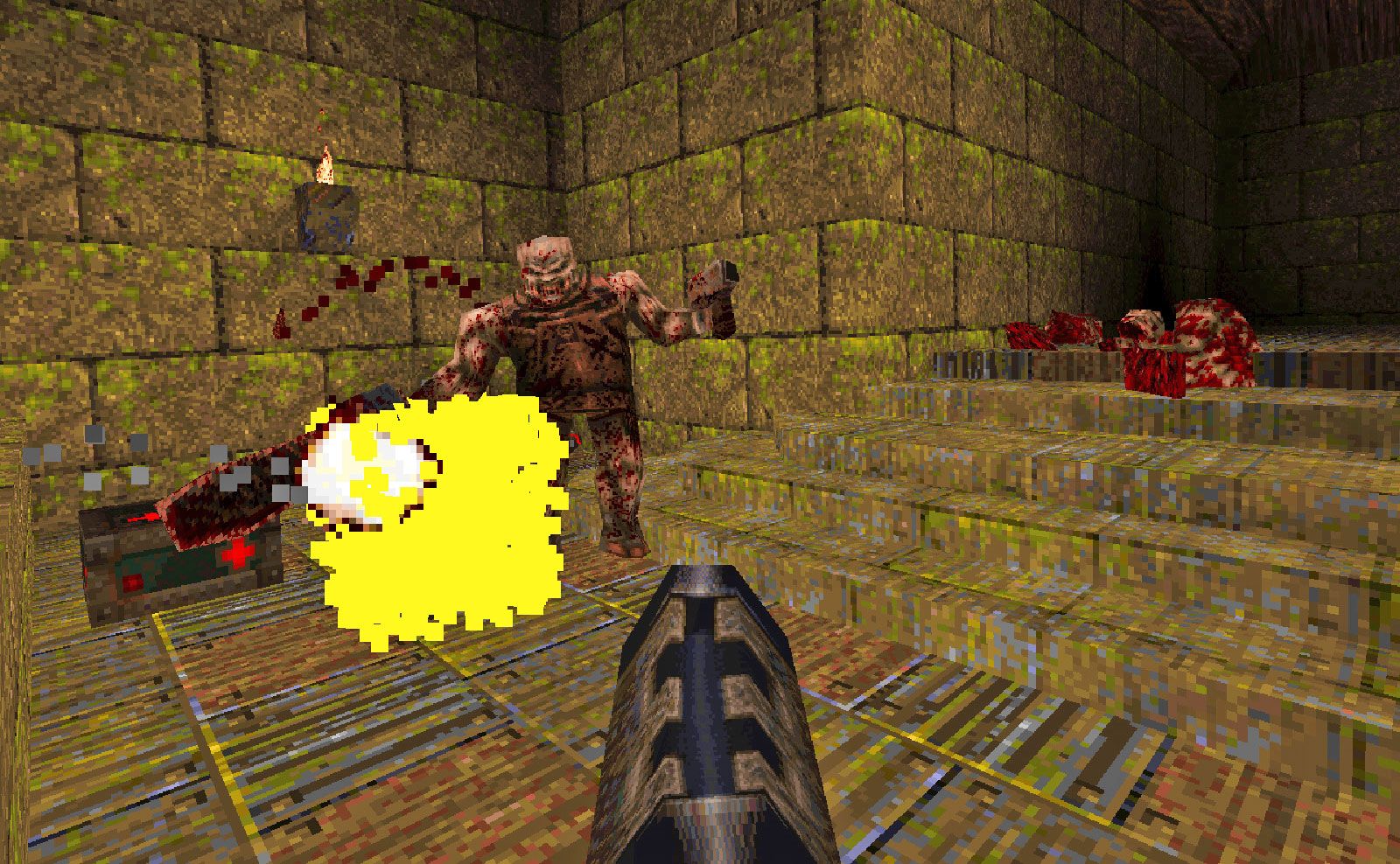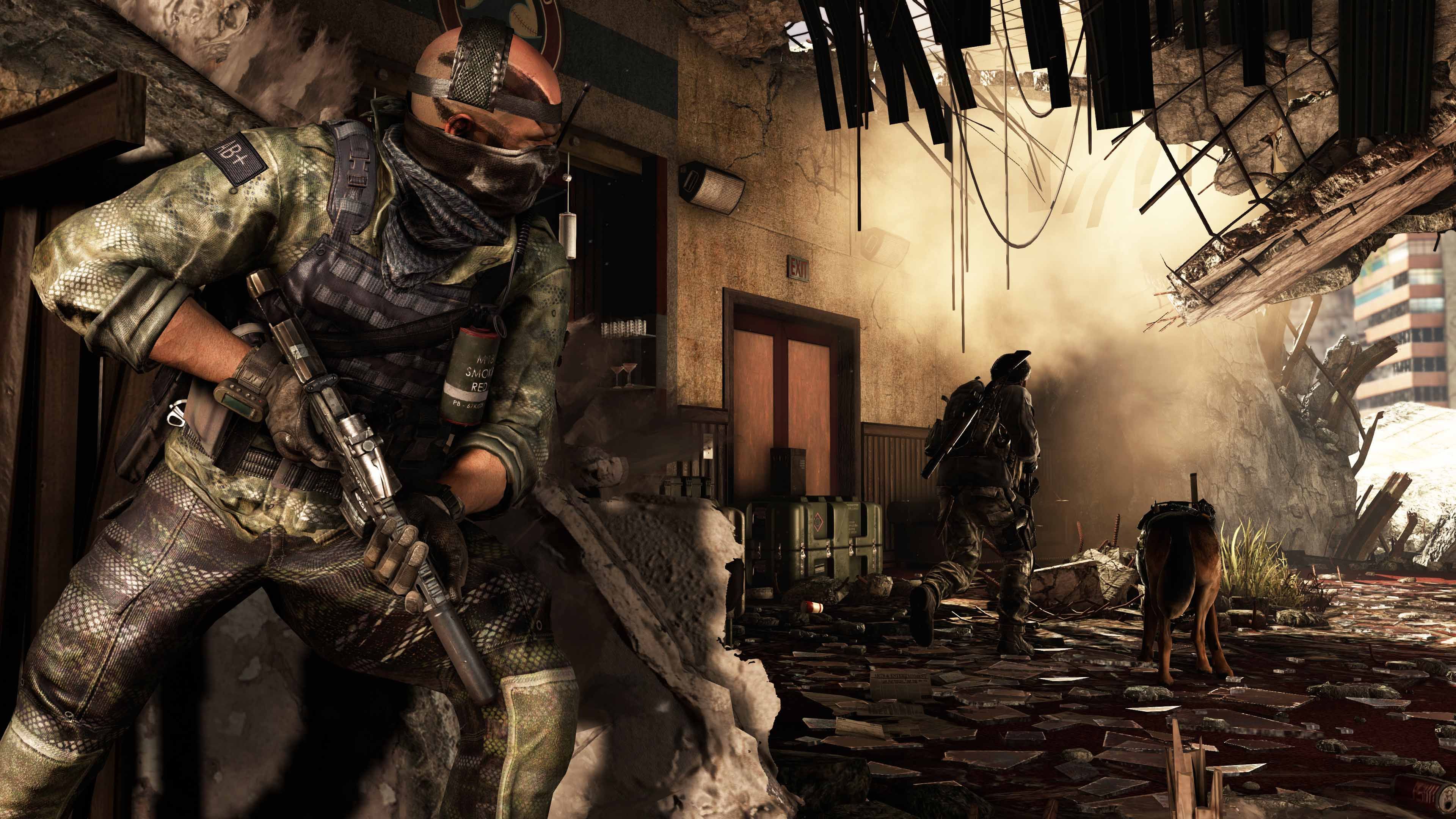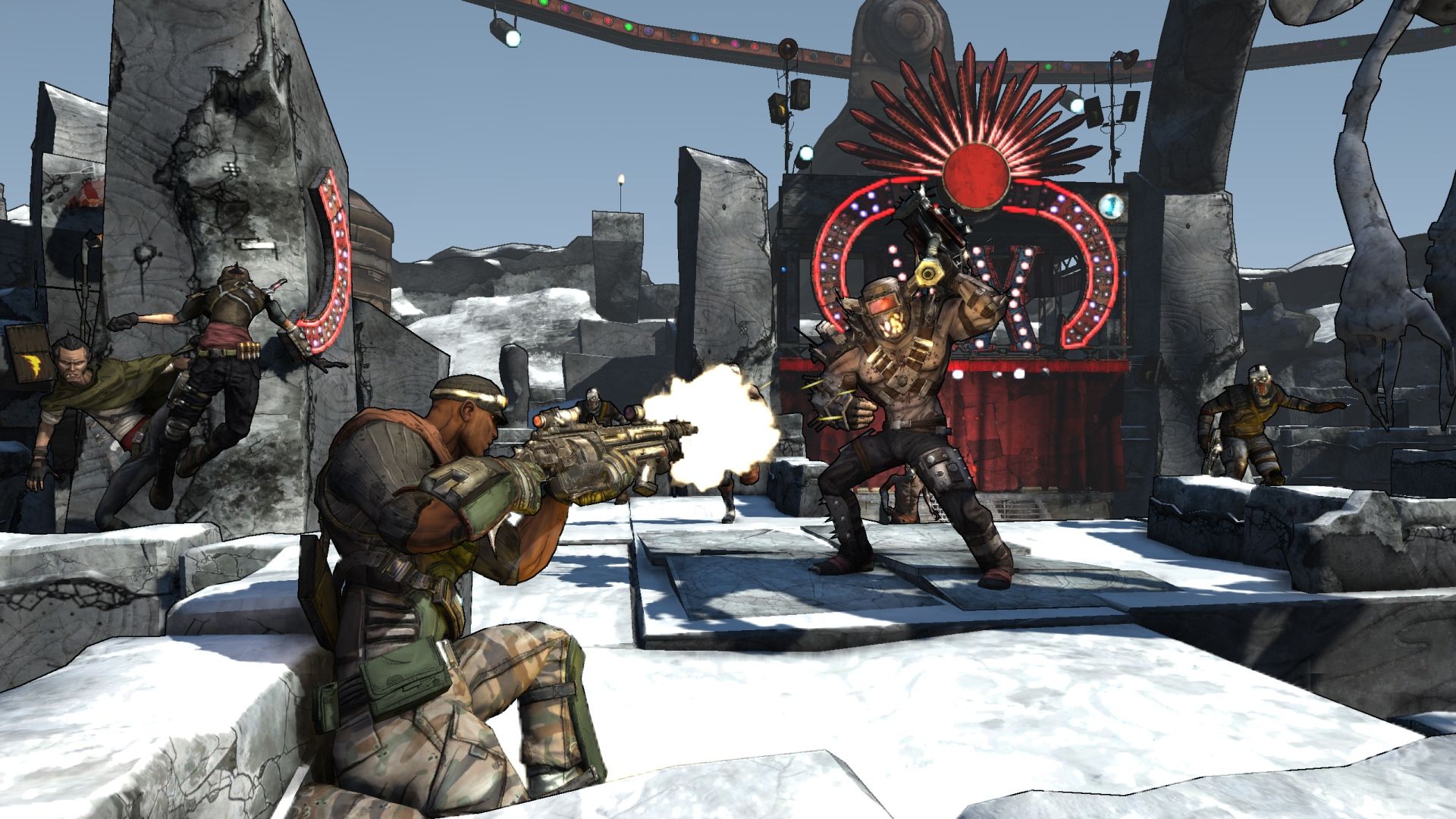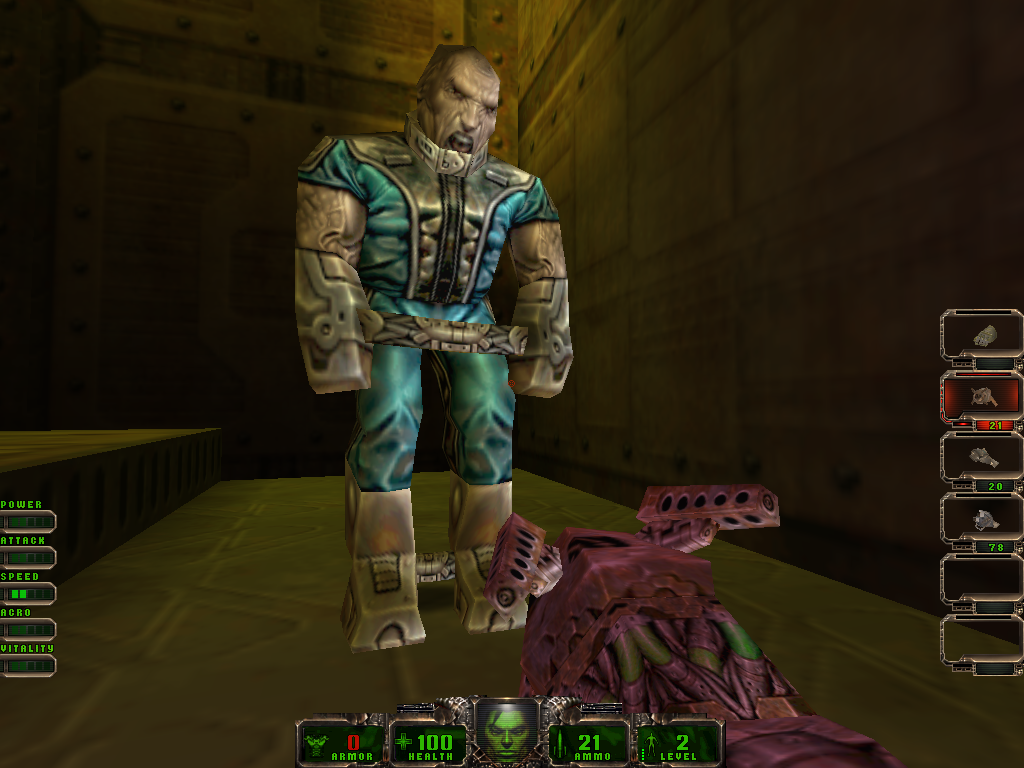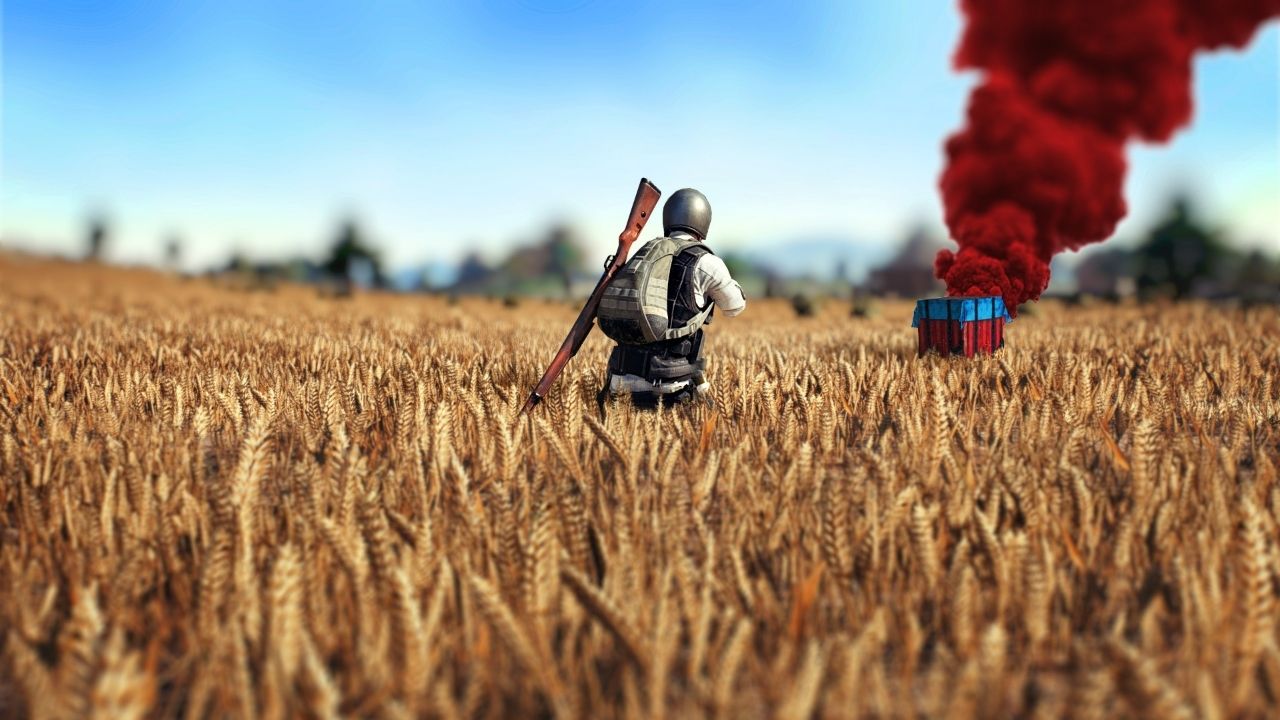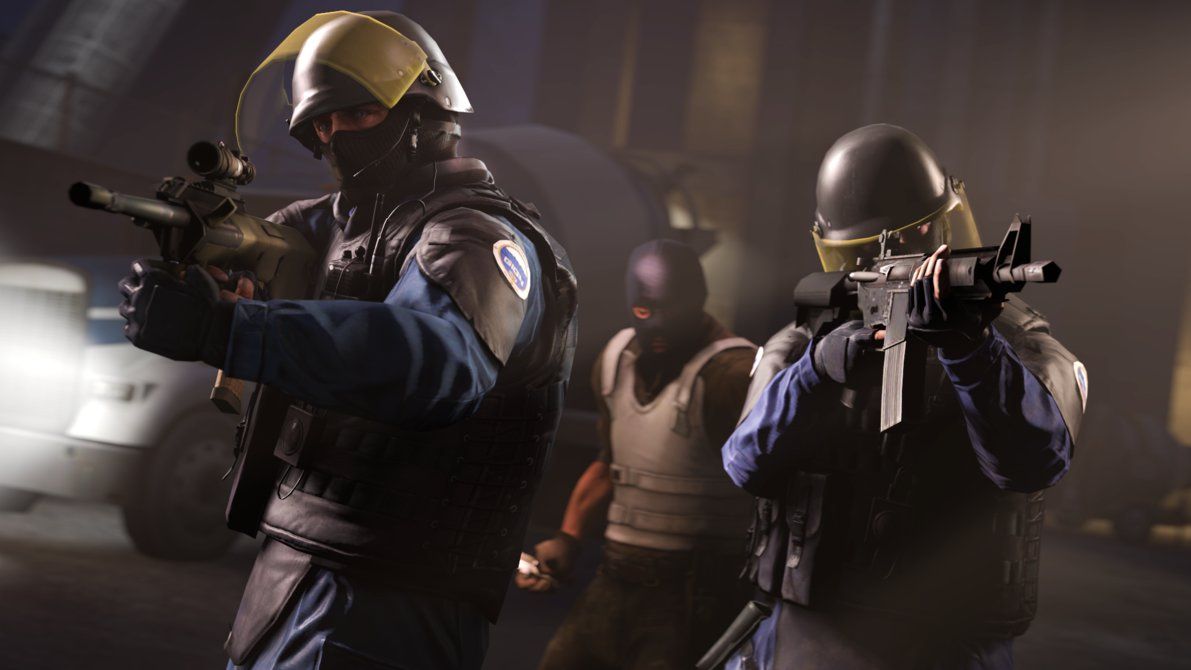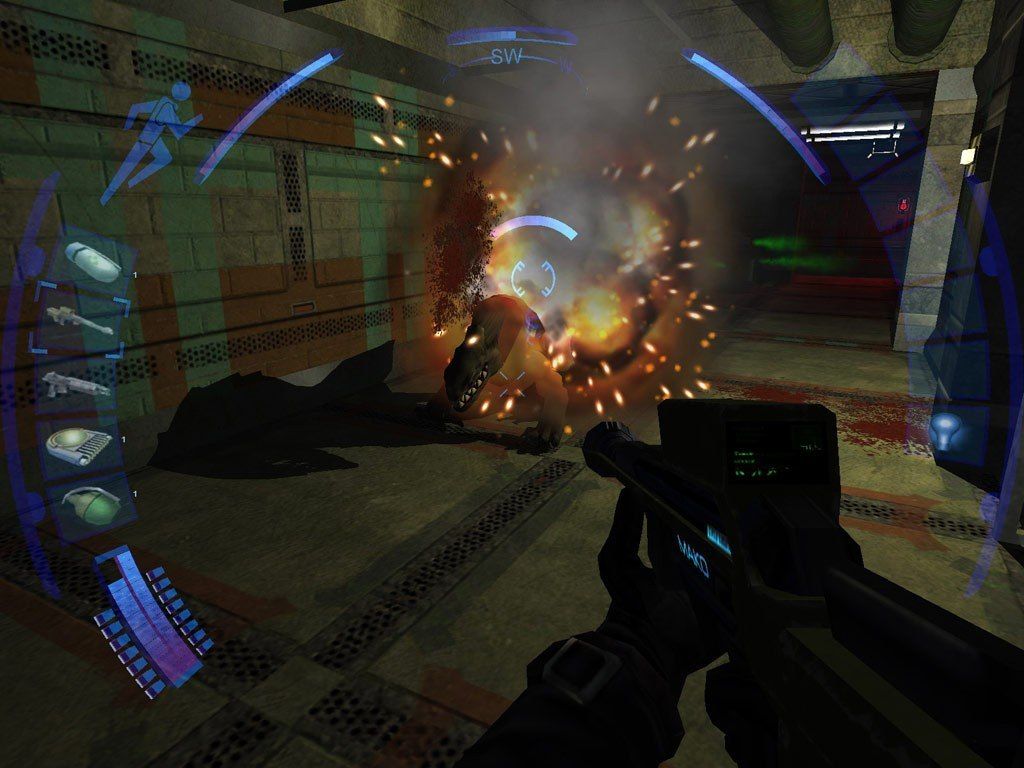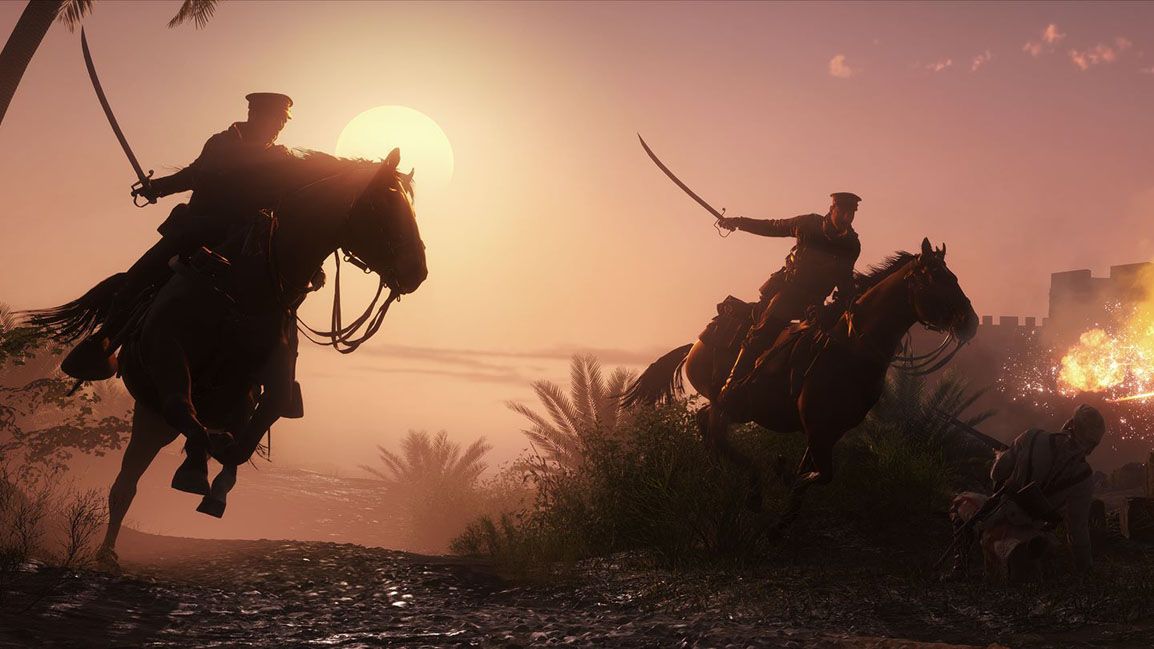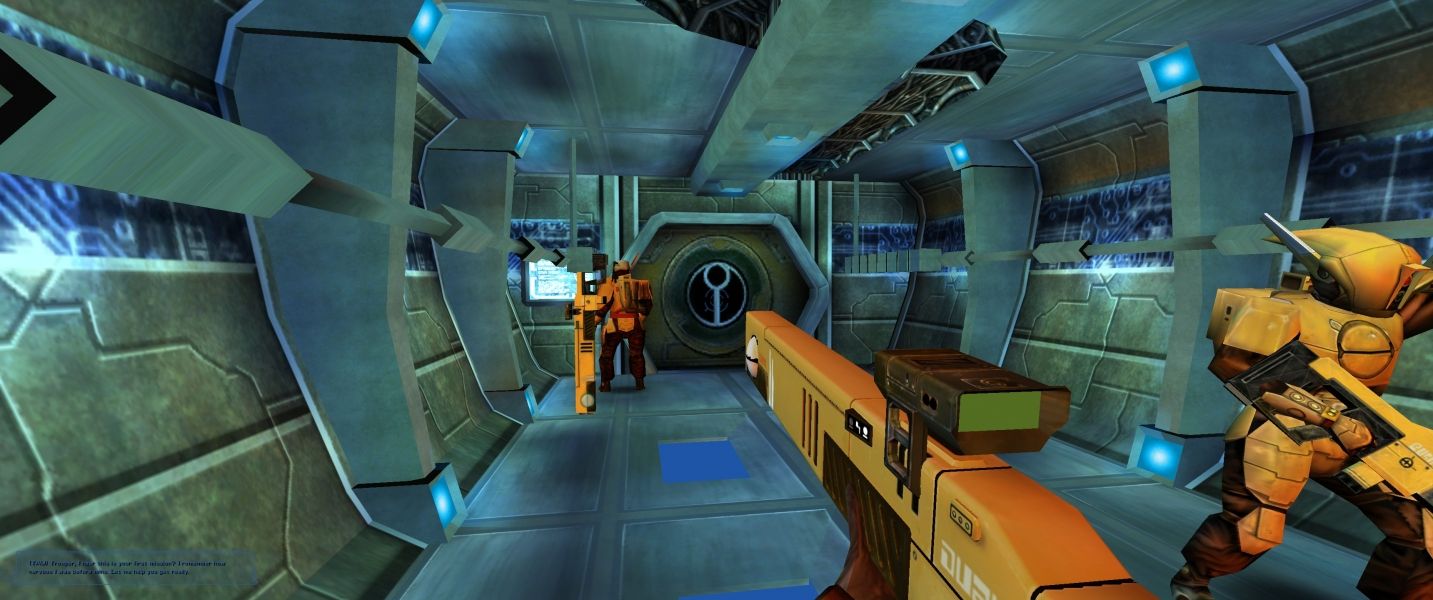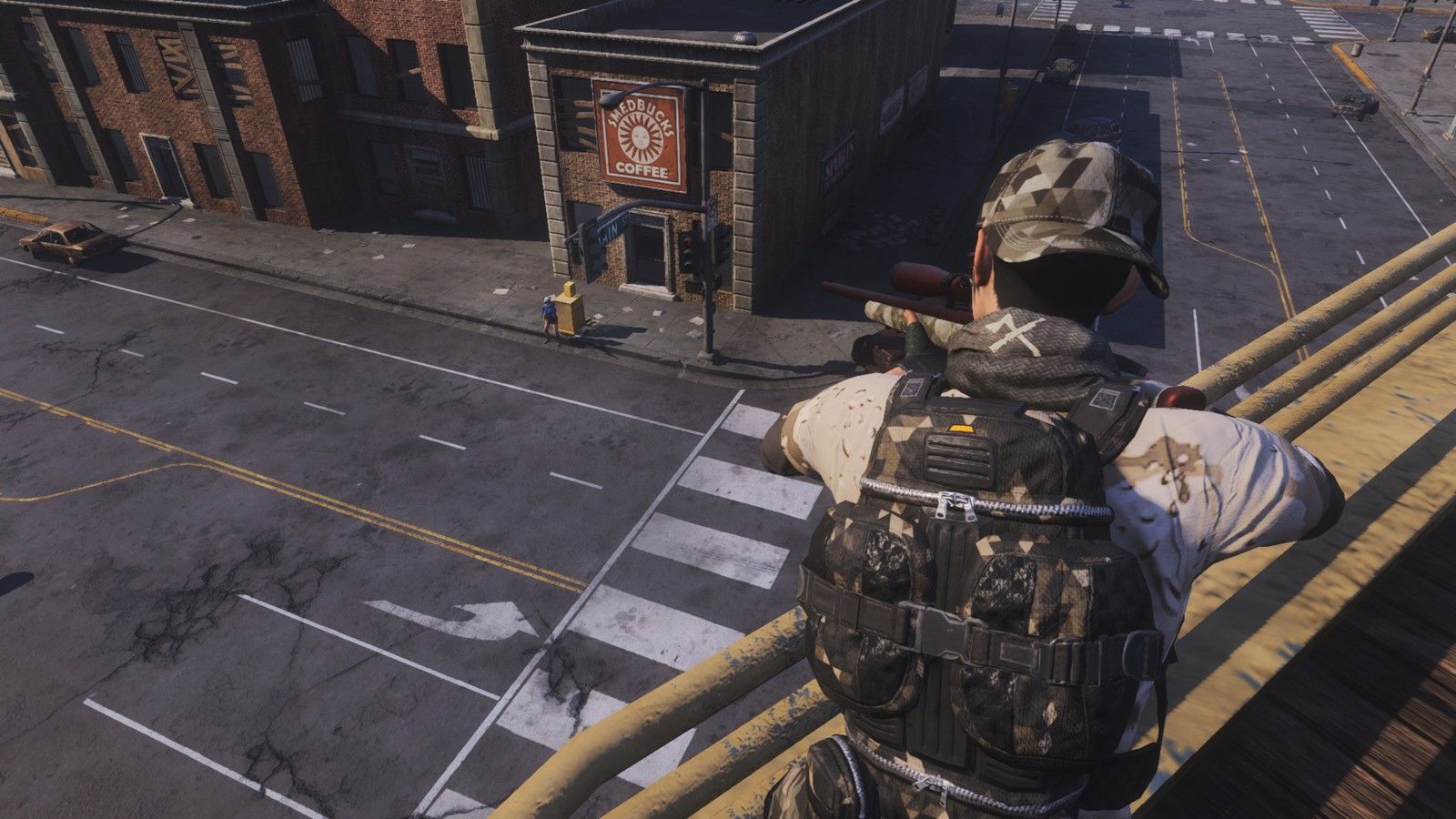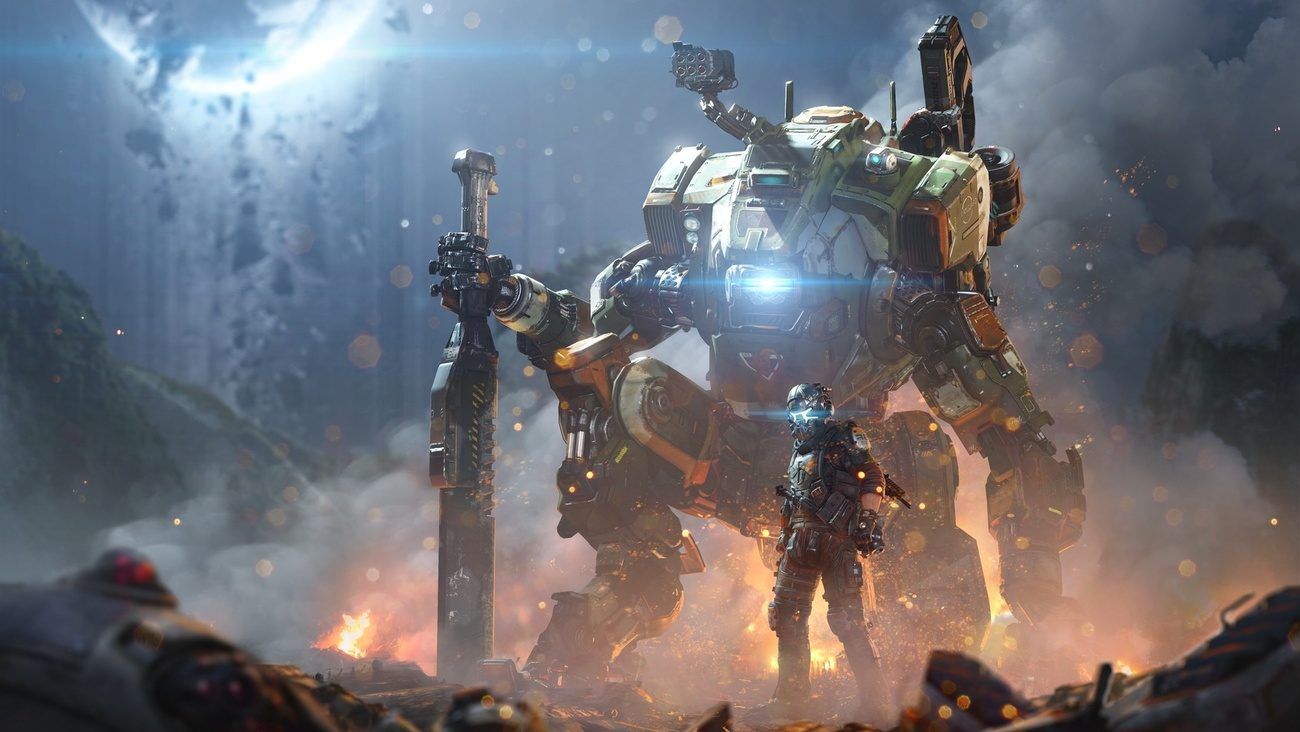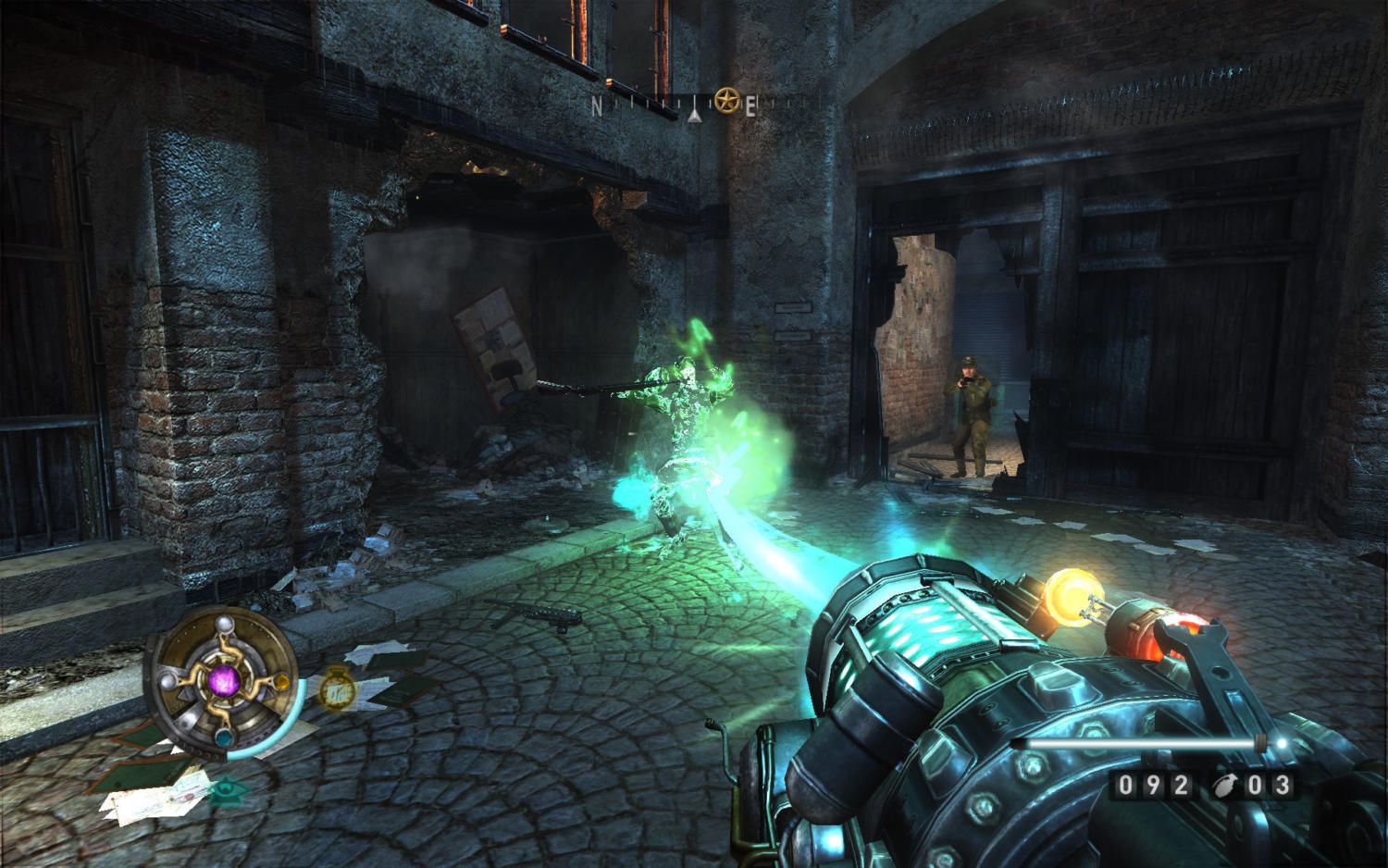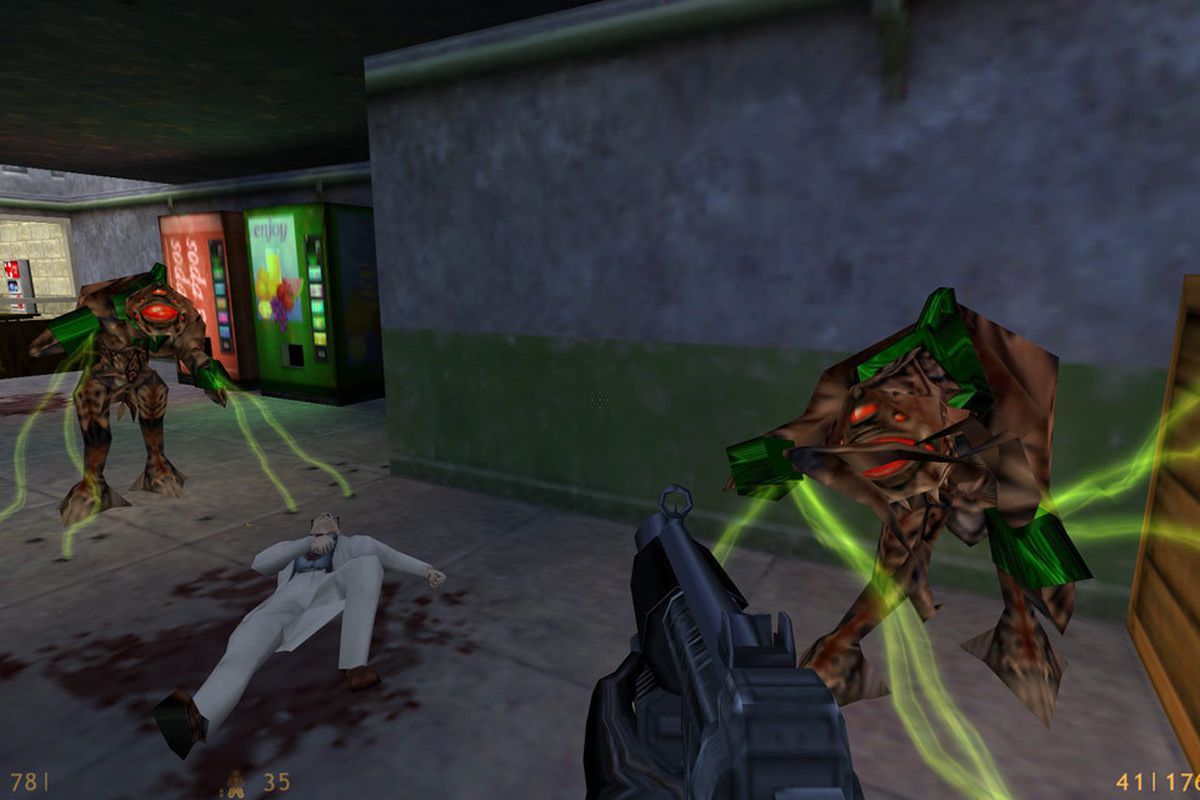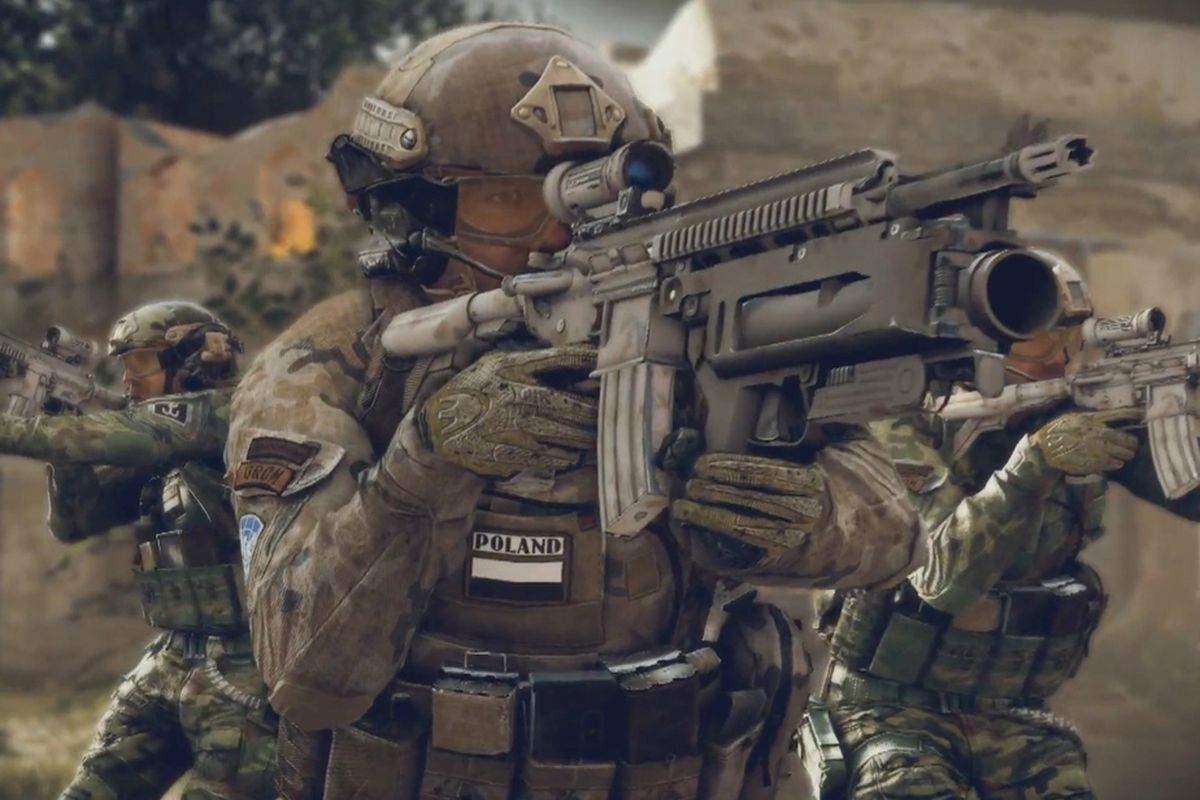After DOOM became the bane of office and campus networks the world over in 1992, a seed was earthed that would blossom into one of the most absolutely titanic forces in the gaming industry. Today, the first person shooter is a genre that is nearly synonymous with gaming itself, with any one of its vast array of offerings immediately coming to mind when the topic comes up in casual conversation.
It’s a genre of ambition, with entries like Crysis setting new standards and pushing the envelope in terms of graphical capabilities. And it is a genre of innovation, with games like Superhot constantly teasing out new and outrageously fun ways to imbibe the classic and timeless formula we just can’t seem to stop slurping down.
However, with all of that said, it’s also a genre that invites polar extremes. Controversy can give right away to tired gimmicks, ambition can breed thorough disappointment, and innovation only stays innovative until it becomes standard practice. You have to admit, we’re a pretty demanding fandom. If a highly hyped shoot ‘em up doesn’t meet expectations we aren’t exactly quiet about it, much less polite. You’ve played Xbox Live, right?
So let’s have a look at some of the benchmark titles that kept us frosty and staring down the sights, and while we’re at it, let’s look at some that just became targets when they missed the shot.
30 GREATEST: Overwatch (2016)
When a studio known almost exclusively for RPG and RTS offerings decides to enter the first person shooter arena, expectations can be apprehensive. And when that studio is an industry giant like Blizzard, they can also be very high. Luckily, Blizzard is also synonymous with little things like “quality,” and “excellence.” It didn’t disappoint.
The development team obviously read over the Team Fortress 2 dossier and said, “Let’s turn all of that up to eleven. Wait, does it go higher than eleven?”
It did, apparently. Because Overwatch is an explosive and deeply skill-based team play experience with one of the fastest booming eSports scenes in recent history.
29 DISAPPOINTING: Turok (2008)
Rebooting a series known and loved for helping to bring first-person shooters to the living room shouldn’t be too much of a task, should it? Besides, dinosaurs. It sells itself.
Or it might just oversell itself. Coming into play a full six years since the last sequel, this lackluster reboot of the original dinosaur shooting safari was met with lukewarm praise at its very best. Just imagine being told that the original Nintendo 64 game was better in 2008. Harsh.
Dinosaur hunting is cool and all, but just how thick do our nostalgia lenses need to be in order to forgive this QTE ridden travesty?
28 GREATEST: DOOM (2016)
This revival of the great, great grandfather of all shooters defied every expectation from announcement to release, bringing it back to the forefront of gaming with a wicked vengeance.
The single-player campaign produced a symphonic roller coaster of violence punctuated with brilliant set pieces and simple, yet thoroughly engrossing storytelling. The Doomslayer vents his righteous fury in a way most of us can only dream of.
The best way. With a chainsaw.
While controversial, the multiplayer writes us a poetic love letter to our nostalgic Quake deathmatches of yore. After all, this franchise invented them. How could they not be good?
27 DISAPPOINTING: Far Cry 2 (2008)
The first entry in this now well loved open world shooter series tested the early limits of graphics processing and secured a solid foothold for this sequel’s success.
However, the clunky mechanics and drab, repetitive gunplay failed to excite fans.
The weapons upgrade system was more painful than rewarding, and there was little variation in the constantly respawning enemies. These aspects combined with bad AI and a less than vivid color palette left gamers with few memories outside of frustration and a brown blur of unexciting combat.
26 GREATEST: Quake (1996)
Outside of offering a great, techno-gothic single player experience, this id Software powerhouse was an essential milestone in many ways that can’t be ignored.
Basically, you’ve got a lot of things to thank Quake for.
While Quake wasn’t the first game to offer “true” 3D graphics, it was the first to do it with detail and consistency. It also served as the turning point for industry focus on multiplayer functionality, particularly with post-launch update QuakeWorld. Helping to set a lot of standards for arena shooters, in general, is also a nice bonus.
25 DISAPPOINTING: Call Of Duty: Ghosts (2013)
After three iterations of Modern Warfare, not to mention two releases of sister branding Black Ops, the predictable formula and modern tactical shooter setting had worn thin and through with the fan base.
At this point, the franchise was just coughing up dust. There was little innovation to be had outside of a few new, though unimpressive tricks, and an apocalyptic near future setting that still didn’t quite feel new. If anything, this release signaled the necessity for a new direction. The question is, did we really end up feeling any differently about that direction?
24 GREATEST: Borderlands (2009)
Guns, guns, more guns, a few stylistic risks, a unique art direction, and just to be sure, a few more guns. How did that recipe turn out, you wonder? It was perfect.
This cel-shaded delight for the eyes adapted Diablo’s “loot pinata” item drops, a lightweight but rewarding RPG character progression system and open world navigation. After fusing these elements with your typical first-person shooter conventions and some choice comedic script writing, it emerged as a genre-bending Frankenstein of epic proportions.
Now, if only we could mute Claptrap for the entirety of our playthrough.
23 DISAPPOINTING: Daikatana (2000)
A long development period, marketing hubris, and underwhelming delivery left fans less than enthused about this Y2K offering from industry wizard John Romero when it finally arrived.
We love you, John. But this poster wasn’t a good call.
Granted, he knew that. The significant buzz and Romero’s name were enough to hold this title to mountainous expectations, most of which it simply couldn’t hold itself up to. The game’s delayed development process resulted in mechanical and graphical fidelity that appeared dated alongside its competition.
22 GREATEST: PlayerUnknown's Battlegrounds (2017)
The survival sandbox boom was unprecedented. And the greater majority of the buzz surrounding it stemmed from the tense and unpredictable PVP situations that games like Day Z and RUST produced.
It was soon discovered that you could isolate those situations from the rest of the experience to streamline the whole process, resulting in a wildly popular sub-genre dubbed “battle royale.”
PUBG stepped up to captain this new ship, and the trend became completely inescapable. Although Fortnite was hot on its heels, it has sailed on steadily ever since. Even industry monoliths like Call of Duty and Battlefield stopped to take notes. That says a little something.
21 DISAPPOINTING: Command & Conquer: Renegade (2002)
Most people would read that title and immediately think of a slew of RTS greats that paved the way for most others, not a first-person shooter.
Well, this is the game that ensured it would stay that way.
While it did bring a unique flavor to the table with its passable multiplayer mode, the core mechanics and single player landed somewhere south of innovative. Far, far south. Probably on a different continent. Not to mention how badly the generally fun, even charming campiness of Westwood’s flagship translated to the new format.
20 GREATEST: Counter-Strike: Global Offensive (2012)
The clock’s ticking. Your buddies are down. And you know there are at least two of them still out there, looking for you. You hurriedly attempt to disarm the explosive device in front of you. Just a few seconds longer…
“Bomb defused,” your radio crackles. And the crowd goes absolutely wild!
Well, wait. No, that’s probably just you. But still, this scenario should be second nature to anyone that has put time into this online phenomenon. From humble Half-Life mod to the iconic eSports centerpiece, you’ll have a hard time denying CS:GO a spot, being one of Steam’s most played games of all time.
19 DISAPPOINTING: Deus Ex: Invisible War (2003)
We tend to take two things as a given when we see a sequel to a great game. We’re going to get more of what we loved, and it’s going to be better.
With Invisible War, we got less, and it wasn’t as good.
This entry had massively scaled down on the mechanics that endeared so many to the series’ debut title. Couple that with a host of mechanical bugs and stilted dialogue in a setting that felt paper thin, and you’ve got a legion of unhappy gamers. But hey, at least we got to rock out with the Kidney Thieves in the soundtrack.
18 GREATEST: Battlefield 1 (2016)
Sensing relatively untouched ground outside of a few niche titles, EA DICE wanted to give us something different after the modern conventions of Battlefield 3 and 4. Well, we got it, we loved it, and we got to charge into battle on horseback with a cavalry saber drawn as the world exploded around us. Way cool.
17 DISAPPOINTING: Warhammer 40,000: Fire Warrior (2003)
With a massive amount of deep, powerful and interesting lore at its disposal, this was a project filled with promise. Being the first title video game title set in the grim darkness of the 40th millenium to hit consoles in eight years, it was high time to reward the tabletop fandom’s patience with a truly immersive 3D experience.
But what was delivered was an unremarkable and linear shooter splashed with a bit of Warhammer 40k paint. With flat gunplay, poor design choices and being generally unfriendly to the lore, it really only got one thing right: playing as the Tau is really boring.
16 GREATEST: GoldenEye 007 (1997)
For many, this was the singular, most compelling reason to master the Nintendo 64’s terrible and unwieldy controller design.
Whether you were the Klobb commando, the Man with the Golden Gun, the master slapper, or that absolute dweeb that played Oddjob every round, the sheer nostalgia this title triggers can be overwhelming. This was the original split-screen spankathon, with the tally of friendships tested rivaled only by MarioKart.
And for the record, yes, playing as Oddjob was definitely cheating. No question, no further argument to be had.
15 DISAPPOINTING: H1Z1 (2015/2018)
This game actually has no idea what it is anymore, and the public backlash against it has caused it to develop multiple personalities.
Emerging during the survival sandbox boom and promising to unseat Day Z as king, it released as a completely unstable disaster in early access. After several unsuccessful patches, it decided that it wanted to be two different things, and split into a battle royale branch and survival branch, but neither of them wanted to be H1Z1 anymore.
The survival branch is shutting down, and the battle royale branch has decided to be H1Z1 again. Confused? So are we. But at least we’re clear on the fact that H1Z1 is an absolute mess.
14 GREATEST: Titanfall 2 (2016)
How do you make a formulaic FPS better?
You turn half of it into Mechwarrior, naturally. Now, calling the “pilot side” of playing Titanfall 2 formulaic is a lot less than fair, because they did a lot here. From advanced, yet intuitive movement mechanics like parkour and wall running to wild abilities like the Time Gauntlet, there’s no shortage of cool stuff to do, even outside of your gigantic, awesome robot.
Oh, and gigantic, awesome robots. We did mention those, right? Okay, good. Because that half of the game is exactly as gratifying as you want it to be, and the two blend seamlessly.
13 DISAPPOINTING: Wolfenstein (2009)
How did they get this wrong? Grab a big gun, fight the baddies. That’s the only standard the name is going to hold you to, provided you do it well.
The shift from simplistic action to more tactical and methodical approaches had worked out well with predecessor Return to Castle Wolfenstein, but somehow fell flat here. The inclusion of mystical “powers” granted by the Thule Medallion felt gimmicky and out of place. The storyline and voice acting oozed cheese in the worst way.
At least we’d get a great comeback out of this iconic series five years later.
12 GREATEST: Half-Life (1998)
Ladies and gentlemen, you can blame this title for everything. This is the game that made Valve, and elevated Gabe Newell to sainthood.
It all started with a modified Quake engine called GldSrc.
After that, all it needed was one of the greatest science fiction thriller stories of all time, a few headcrabs, a crowbar, and a bespectacled science guy in a really nifty suit that doesn’t talk much. Lightly sprinkle with a scientific experiment going haywire and causing a trans-dimensional crisis, bake for a couple of years at 400 degrees Fahrenheit. Serve piping hot.
11 DISAPPOINTING: Medal Of Honor: Warfighter (2012)
Despite being one of the first pairs of boots to hit the dirt with World War II era action, the Medal of Honor series was among the last to make the leap into a modern backdrop. Surely after their first try had hit marks just barely above average, this follow up attempt would apply the lessons learned for a strong comeback?
Nope. The train had long left the station with stiff competition, even from among publisher EA’s own lineup with games like the Battlefield series. Even with developer Danger Close contracting some controversially, or, we can’t resist saying “dangerously close” advisement from former Navy SEALs, the game couldn’t compete in the heavily saturated market.

